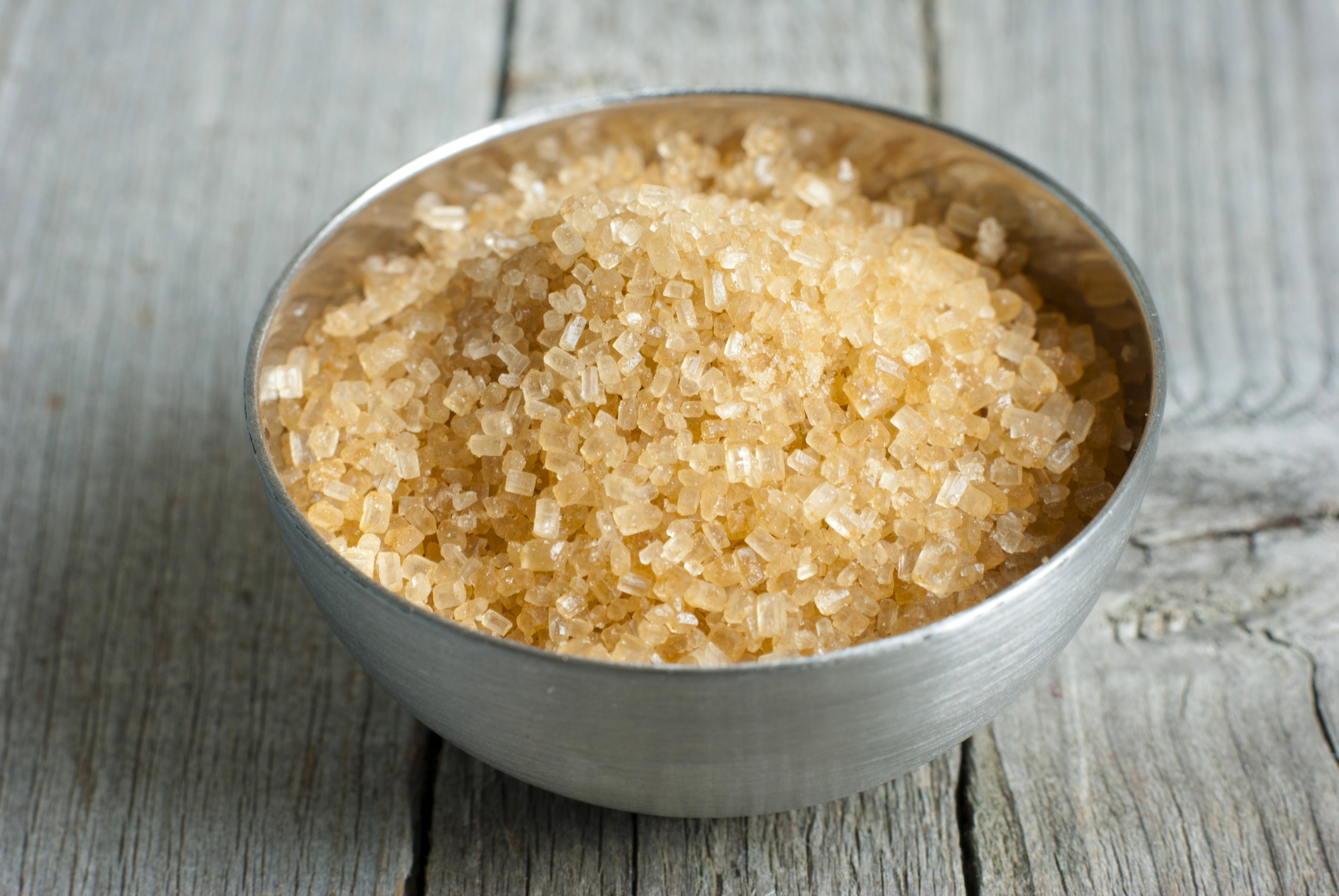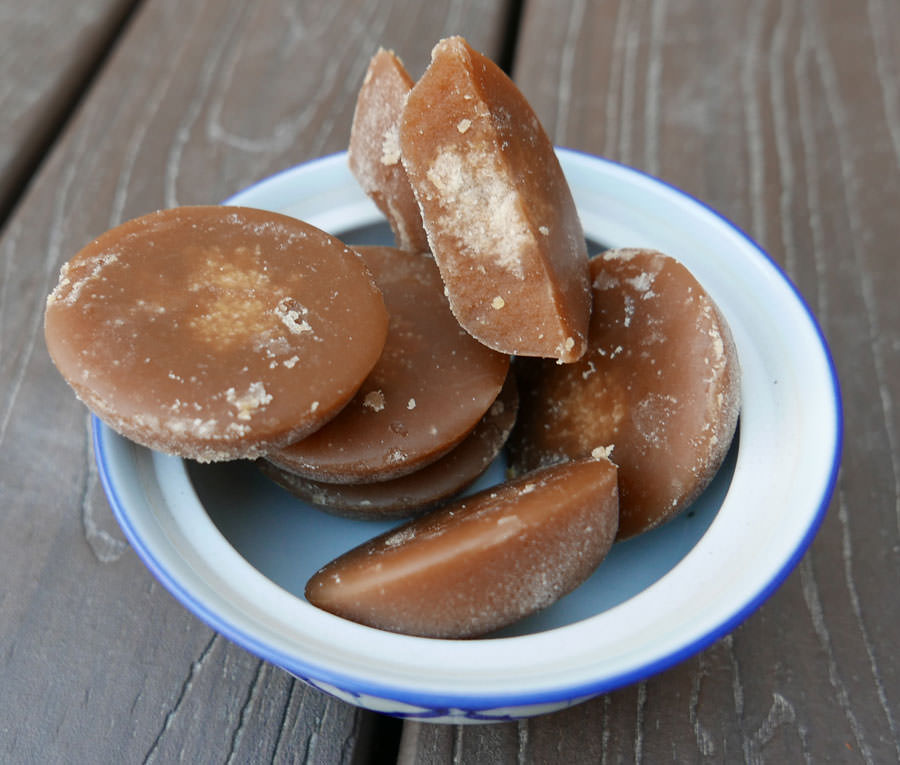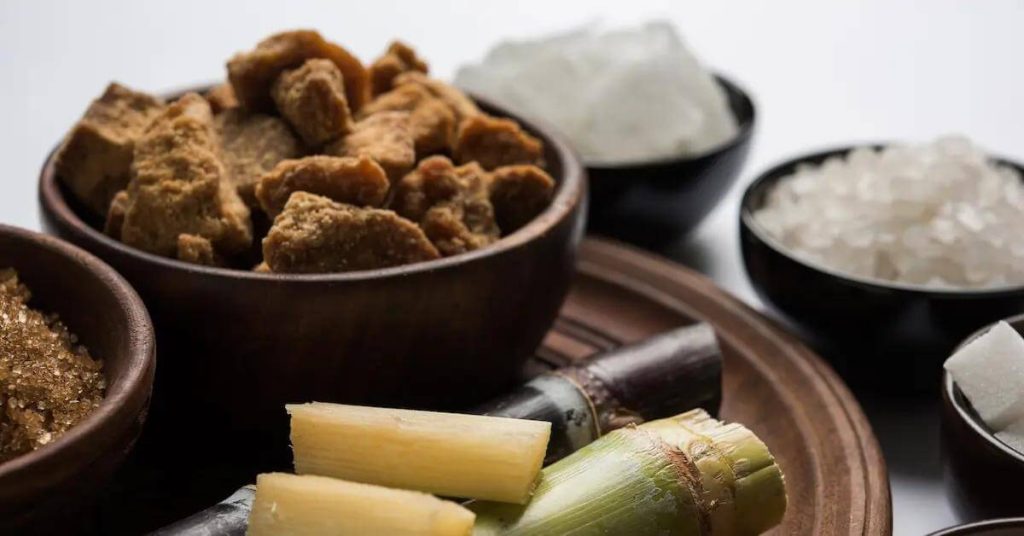The Science Behind Cane Sugar Processing: Just How Sweet Taste is Refined
The Science Behind Cane Sugar Processing: Just How Sweet Taste is Refined
Blog Article
Exploring the Comprehensive Tips Associated With Cane Sugar Processing From Gathering to Improvement
The process of cane sugar manufacturing incorporates a collection of complex actions, starting with the mindful harvesting of sugarcane and culminating in the improvement stages that make sure the final product meets market criteria. Each stage, from the removal of juice to the filtration and condensation processes, plays a vital duty in figuring out the high quality and character of the sugar.
Collecting Sugarcane
Collecting sugarcane is a crucial action in the walking stick sugar handling chain, as it straight affects the top quality and yield of the final item. Proper timing and methods are crucial throughout this stage to make certain optimum sugar web content and decrease losses. Generally, sugarcane is gathered when it reaches maturity, normally 12 to 18 months after growing, characterized by a high sucrose concentration.

Post-harvest, the sugarcane needs to be refined swiftly to stop sucrose deterioration. Preferably, collected walking stick needs to be delivered to processing facilities within 24-hour to preserve sugar high quality. Therefore, efficient logistical preparation is important to keep the integrity of the gathered crop throughout the supply chain.
Extraction Refine

The smashed walking stick undergoes a series of pressing operations to make the most of juice recovery. Commonly, hot water is sprayed onto the smashed walking cane, developing a countercurrent circulation that assists dissolve the sugar while additionally helping in the extraction process. The juice accumulated from this procedure includes not only sugar but additionally numerous natural substances and contaminations.

To boost removal performance, some centers may utilize diffusion techniques, where the sugarcane is taken in warm water, permitting the soluble sugars to diffuse into the liquid. The resulting juice, abundant in sucrose, is then routed to succeeding processing phases, laying the structure for purification and refinement. The removal procedure is hence pivotal in identifying the quality and yield of the final sugar item.
Purification Techniques
The filtration techniques used in cane sugar handling are crucial for transforming the raw juice right into a high-grade sugar product. These approaches mainly intend to remove contaminations, such as soil, plant products, and inorganic compounds, which can detrimentally impact the last product's taste and color.
Among the most usual purification techniques is clarification. This procedure includes adding lime and warm to the raw juice, which facilitates the coagulation of impurities. The resulting precipitate is after that removed via sedimentation or purification, producing a more clear juice. Additionally, making use of phosphoric acid can boost the clarification process by additional binding contaminations.
Another significant strategy is carbonatation, where co2 is presented to the cleared up juice. This response generates calcium carbonate, which records staying impurities and advertises their elimination.
In addition, turned on carbon treatment may be related to adsorb any kind of staying colorants and natural pollutants, ensuring a much more polished item. The mix of these approaches efficiently prepares the sugar juice for succeeding actions in the refining process, setting the stage for the manufacturing of top quality walking cane sugar.
Condensation Methods
After the filtration phase, the next vital action in cane sugar handling entails crystallization methods, which play a critical function in changing the made clear juice right into solid sugar. This procedure normally uses 2 key approaches: spontaneous formation and regulated condensation.
In spontaneous formation, supersaturated sugar services are enabled to cool down normally, causing the development of sugar crystals with time. This approach is less complex but may result in uneven crystal dimensions and lower pureness levels. On the various other hand, controlled formation is a more specific method where seeding, temperature, and focus agents are meticulously taken care of. This method enables the consistent growth of sugar crystals and higher purity.
Throughout condensation, the made clear juice is concentrated through dissipation, increasing its sugar material till it gets to supersaturation. When this factor is attained, either technique can promote the crystallization procedure. Cane Sugar Processing. The resultant sugar crystals are after that divided from the staying syrup through centrifugation
Eventually, the choice of formation approach affects the directory quality, dimension, and purity of the last sugar product, making this step vital in the overall walking cane sugar processing procedure.
Improvement and Product Packaging
Just how can the purity and quality of walking cane sugar be additionally enhanced after condensation? The refinement process plays an important role in accomplishing top quality walking cane additional info sugar. Complying with formation, sugar goes through an extensive cleaning to get rid of impurities and residual molasses. This is generally accomplished using cozy water or vapor, which aids dissolve and extract undesirable components while maintaining the sugar crystals.
Following, the sugar goes through a process called centrifugation, where it is rotated at high rates to divide the purified sugar crystals from the staying liquid. After centrifugation, the sugar is typically more fine-tuned through an approach called carbonization or phosphatation, which uses activated carbon or phosphoric acid to get rid of color and off-flavors.
When refined, the sugar is dried out to achieve the wanted wetness content, ensuring that it stays stable during storage space and transportation. The last action involves product packaging the refined sugar in airtight and moisture-proof containers to preserve its top quality and avoid contamination. Cane Sugar Processing. Correct packaging not just extends service life but likewise promotes easy handling and circulation, ensuring that consumers obtain sugar that meets the greatest standards of purity and top quality
Verdict
The extensive actions associated with walking stick sugar handling, from the precise harvesting of sugarcane to the detailed refinement and product packaging phases, highlight the importance of each phase in making certain top notch sugar production. Optimum harvesting methods, effective extraction techniques, and strenuous filtration procedures jointly add to the last item's purity and stability. The crystallization and subsequent packaging methods further enhance the stability and life span of the sugar, highlighting the complexity and precision fundamental in this essential agricultural industry.
The process of cane sugar manufacturing includes a series of elaborate actions, starting with the mindful harvesting of sugarcane and culminating in the improvement phases that make certain the last item meets see this site industry criteria. Preferably, gathered walking stick ought to be delivered to refining facilities within 24 hours to preserve sugar quality.In spontaneous formation, supersaturated sugar remedies are enabled to cool normally, leading to the formation of sugar crystals over time - Cane Sugar Processing. The refinement procedure plays a crucial duty in accomplishing premium cane sugar.The comprehensive actions included in cane sugar handling, from the thorough harvesting of sugarcane to the complex improvement and packaging phases, highlight the value of each phase in guaranteeing premium sugar production
Report this page